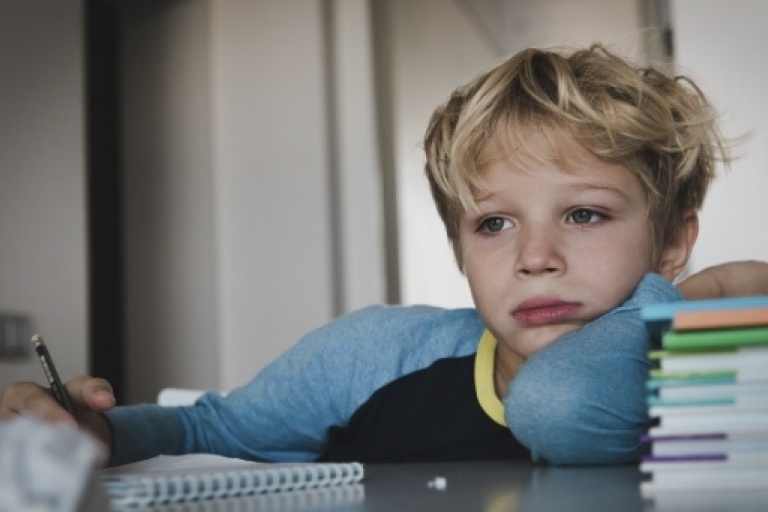Bedwetting Solutions
Self-Esteem Building Activities for Kids
02 Nov, 2022
3.5 min. Read
Self-esteem refers to the attitudes or feelings children have toward themselves. Self-confidence is the belief children have in themselves, their capabilities and their capacity to achieve.
Children may feel good about one aspect of themselves, but not so good about another. Feelings about their performance at school, ability to make friends, physical appearance, behaviour, sporting ability, whether or not they wet the bed – all contribute toward their overall self-worth.
As your big kid develops, they learn more about themselves and form their self-image. From this, and from people close to them, they begin to make evaluations about what type of person they are.
A child’s self-esteem tends to decline during the primary school years. This can happen for several reasons, for example, they:
• Become more interested in the world around them and become more realistic
• Learn critical thinking skills which can be applied to themselves
• Absorb the behaviour of others and are influenced by social comparisons
Understanding this as a parent is important in helping your child build self-confidence.
Try these self-esteem activities for kids. By spending time together and having fun, you and your child can learn more about and help manage your child’s nighttime wetting:
Children may feel good about one aspect of themselves, but not so good about another. Feelings about their performance at school, ability to make friends, physical appearance, behaviour, sporting ability, whether or not they wet the bed – all contribute toward their overall self-worth.
As your big kid develops, they learn more about themselves and form their self-image. From this, and from people close to them, they begin to make evaluations about what type of person they are.
A child’s self-esteem tends to decline during the primary school years. This can happen for several reasons, for example, they:
• Become more interested in the world around them and become more realistic
• Learn critical thinking skills which can be applied to themselves
• Absorb the behaviour of others and are influenced by social comparisons
Understanding this as a parent is important in helping your child build self-confidence.
Try these self-esteem activities for kids. By spending time together and having fun, you and your child can learn more about and help manage your child’s nighttime wetting:









